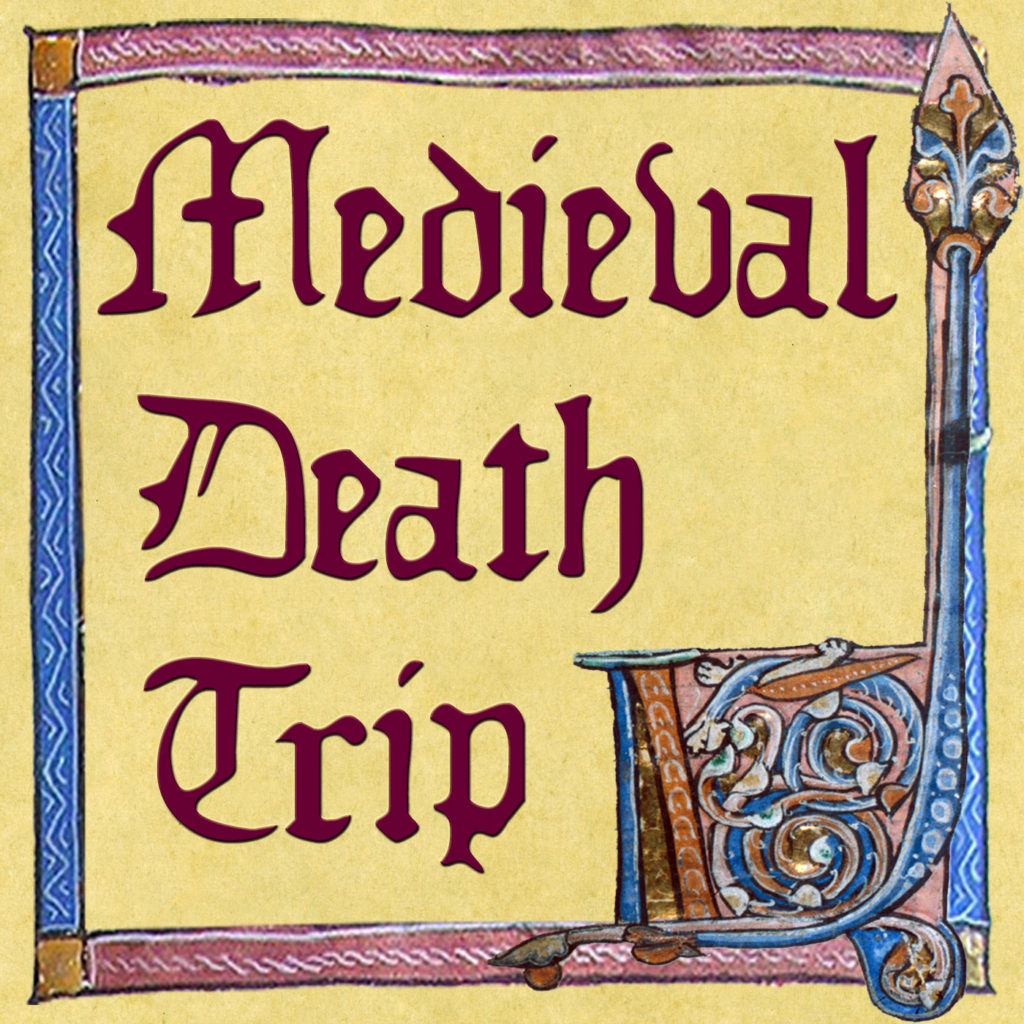MDT Ep. 80: Concerning Boccaccio's Description of the Plague

b'We return at last for our first episode of 2020 in the midst of the covid-19 global pandemic. As such, our text for today is the famous description of the bubonic plague as it appeared in Florence in 1348 with which Boccaccio frames his tale collection, the Decameron.\\n\\nToday\'s Text\\nBoccaccio, Giovanni. Stories of Boccaccio (The Decameron). Translated by L\\xe9opold Flameng, G. Barrie, 1881. Google Books.\\n\\nReferences\\n\\nKeys, Thomas E. \\u201cThe Plague in Literature.\\u201d Bulletin of the Medical Library Association, vol. 32, 1944, pp. 35\\u201356. europepmc.org/backend/ptpmcrender.fcgi?accid=PMC194297&blobtype=pdf.\\n\\nKowalski, Todd J., and William A. Agger. "Art Supports New Plague Science." Clinical Infectious Diseases, vol. 48, no. 1, Jan. 2009, pp. 137-138. JSTOR, www.jstor.org/stable/40309557.\\n\\nMarafiotio, Martin. "Post-Decameron Plague Treatises and the Boccaccian Innovation of Narrative Prophylaxis." Annali d\'Italianistica, vol. 23, 2005, pp. 69-87. JSTOR, www.jstor.org/stable/24009628.\\n\\nMartin, Paul M.V., and Estelle Martin-Granel. "2,500-Year Evolution of the Term Epidemic." Emerging Infectious Diseases, vol. 12, no. 6, pp. 976-980, doi:10.3201/eid1206.051263.\\n\\n"Mortality Frequency Measures." Centers for Disease Control, Principles of Epidemiology in Public Health Practice, 3rd ed., 12 May 2012, www.cdc.gov/csels/dsepd/ss1978/lesson3/section3.html.\\n\\n"Plague." Centers for Disease Control, 19 Nov. 2019, www.cdc.gov/plague/index.html.'